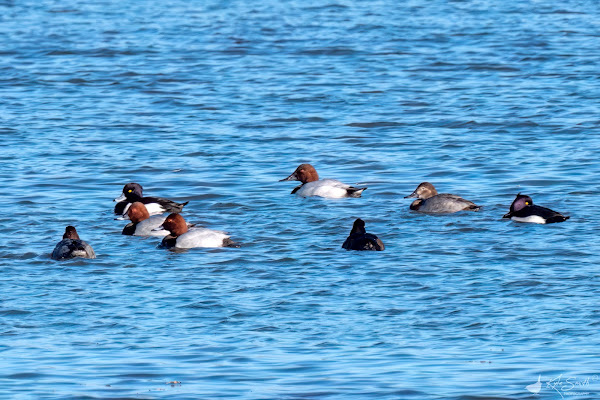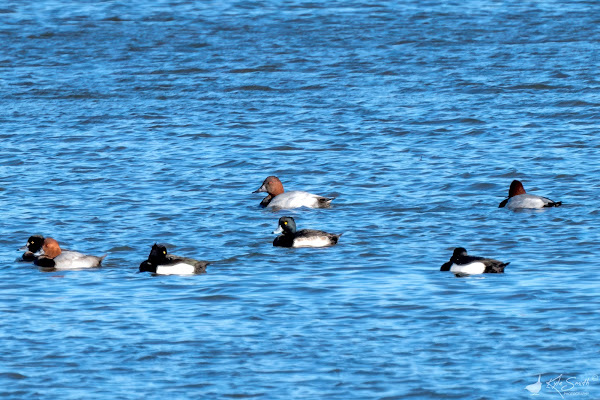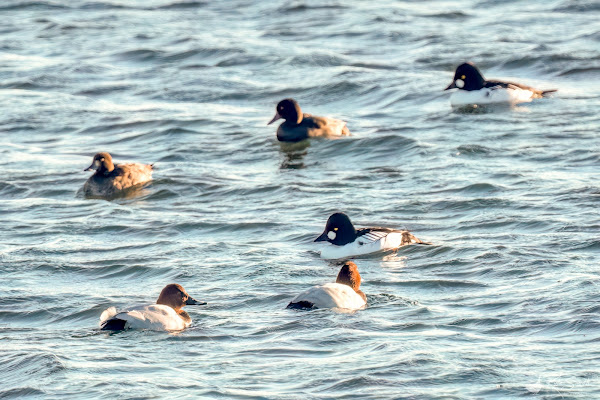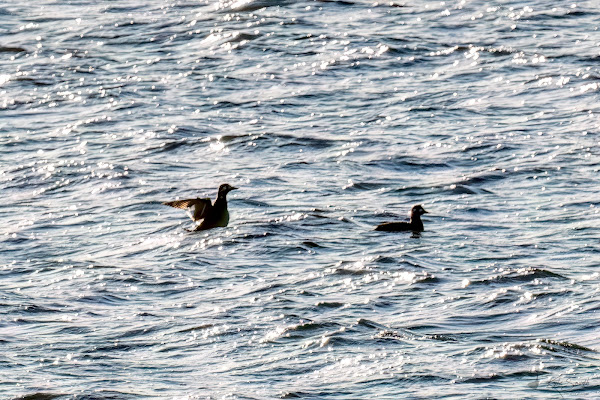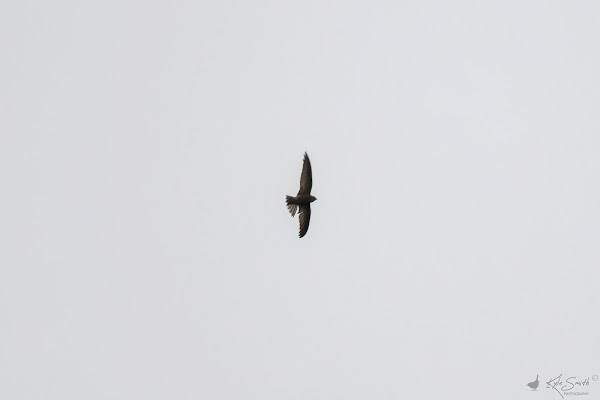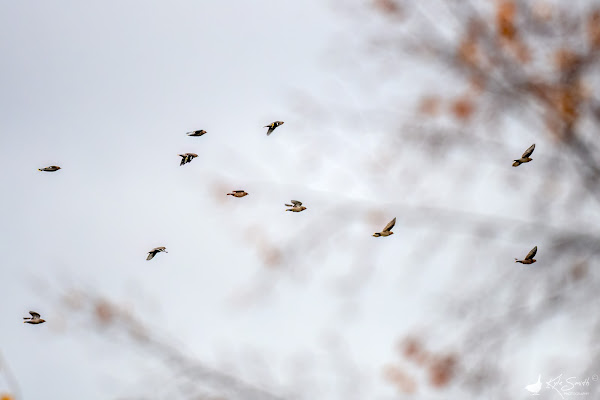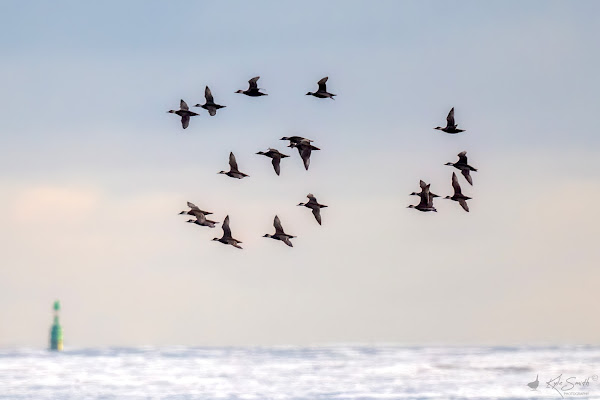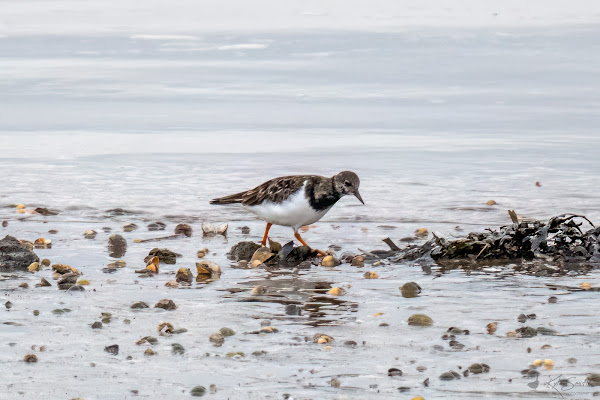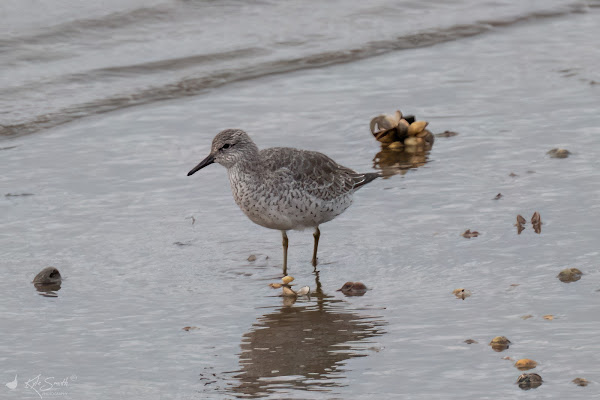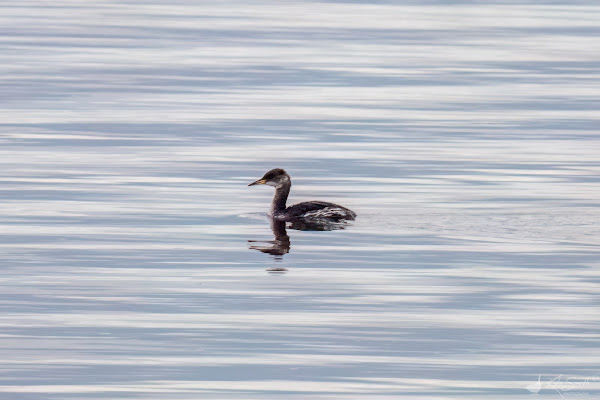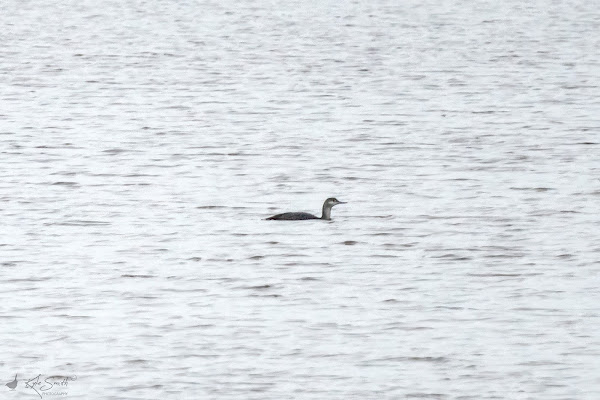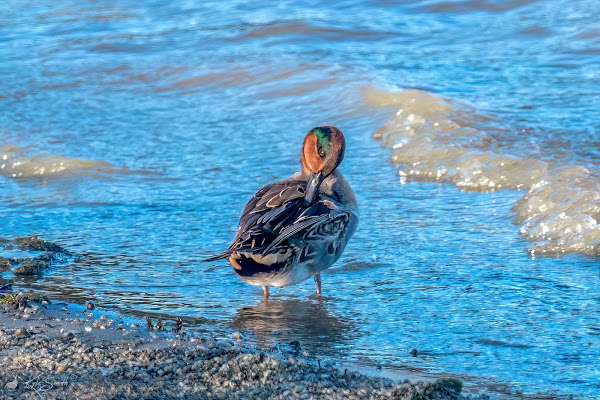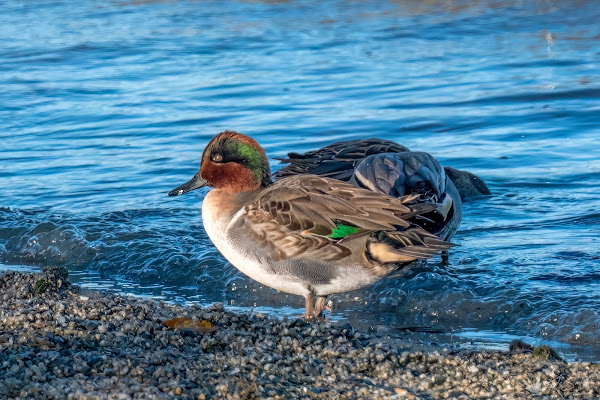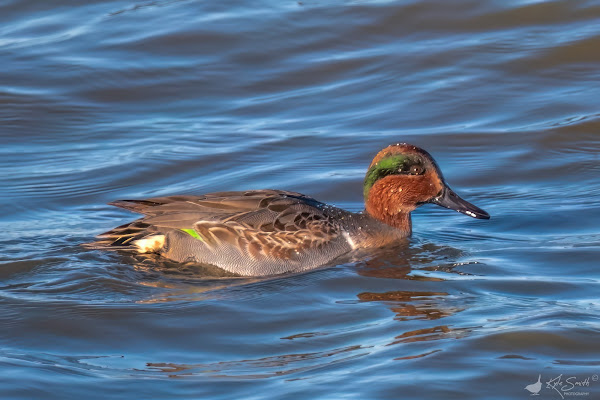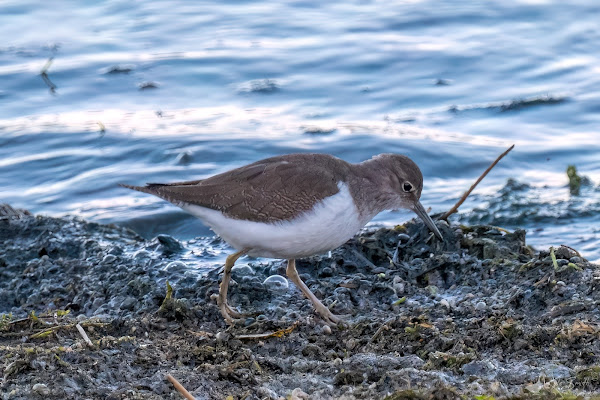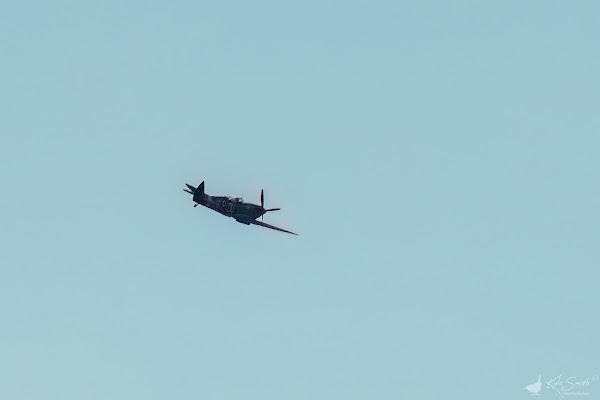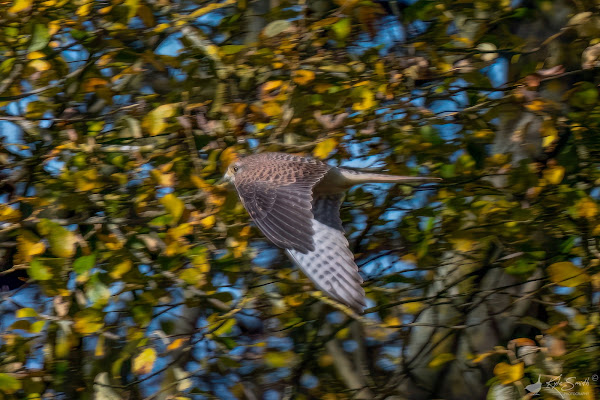There were two options today: potentially stand in the freezing cold and rain forecast on the Norfolk coast and hope for a seawatch to turn up something not already on our year list; head for sunny Essex and the canvasback that has been at Abberton Reservoir for a couple of weeks. Now it is true that Kev @kev07713 had already been to see this bird with his wife, his sister and her partner but being such a nice guy was happy to join me and go back for seconds. We didn't rush with sunrise so late at present, stopping for breakfast on the way and arriving about 9.10am.
There were a few birders on the Layer Breton causeway as we parked up and when we joined them, they said that they couldn’t put us on the bird – wasn’t to be found. Checking on Birdguides it had been reported on the water right in front of us just 30 minutes before, so we were a bit disappointed to find it had vanished from sight. The large raft of pochards was initially quite distant - both Kev and I then spent a long while working back and forth through the flock. On a couple of occasions, as the birds dived, we wondered if that had been our bird but as we could relocate it, probably not.
The canvasback is a large, big-headed diving duck with a gently sloping forehead and a stout neck. Its long bill meets the sloping forehead, creating a seamless look from the top of the crown to the tip of the bill. On the water it has an oval body and a short tail that gently slopes down into the water. Males have red eyes, and females have dark eyes. <[>It strongly resembles a pochard but is larger and with a white, not grey, back, this is an extremely rare visitor from North America. One distinguishing feature we were not aware of (until pointed out in the field) was that it has a grey / white patch on its tail which helps distinguish it when its head is down and sleeping amongst pochards.
The raft gradually spun closer, away, and closer again, but we were still unable to pick out our bird.
The pochard suddenly took to the air, circled, and then landed in the central pool of the three that make up the Reservoir. By the time we got down the slope, across the road and set up scopes again, almost all the ducks were asleep with heads tucked under their wings. We still couldn't pick it out. After a considerable time and no action to speak of, we looked at Birdguides only to find that the canvasback had been reported by the Wigborough Road causeway, at the other end of this middle pool.
We made our way there and parked up finding more than a dozen cars already in place. A line of birders on their scopes were already on the bird, and it was asleep - with some effort we were eventually on it - tick.
Eventually the bird woke and showed a little, often sleeping again. Nick @old_caley and Anne Truby @Dottydotterel also arrived - good to see them both on the mend after their recent illnesses.
The canvasback eventually cruised around a little at some distance but providing an opportunity for a photo.
Other species were available - a rather showy redshank, a single rock pipit and several goldeneyes joined the usual wildfowl around the water's edge and on the water.
On the other side of the causeway from the canvasback were many Egyptian geese, preening and splashing on the water's edge. One of the largest flocks of them that I've seen. It had been quite a long morning to eventually connect with the canvasback and we decided to finish with a visit to the watchpoint at St. Andrews Church, overlooking the dam and deeper water of the main reservoir.
We found a handful of birders waiting for three velvet scoters to reappear as they had floated out into the water but obscured against the low sun. After 5 or 10 minutes they cruised in from the sun to show at distance, before immediately cruising away again. As we scanned around (picking up goldeneye and goosanders amongst other ducks), three birds flew in and landed out in front of us - our scoters again - they were still distant and drifted off left again, back into the sun and out of view.
It seemed a long drive home, not made any easier with the M25 being partially blocked so we diverted up the M1 and back along the A43. A good day out again.
Year List: 278



